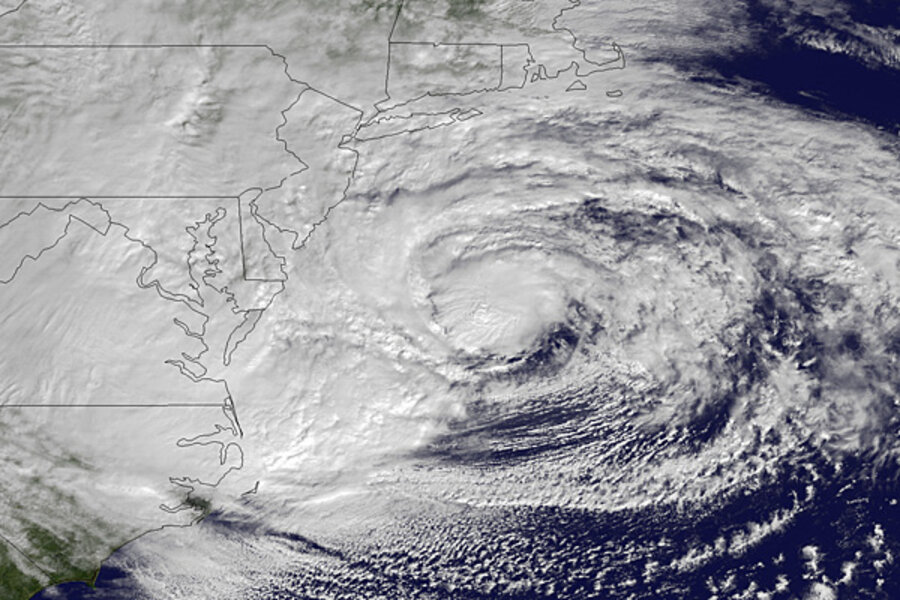Hurricane Sandy released billions of gallons of sewage
Loading...
| New York
Superstorm Sandy released 11 billion gallons of sewage from East Coast treatment plants into bodies of water from Washington, D.C., to Connecticut.
That's according to a study by the nonprofit science journalism group Climate Central. It says that's equivalent to having Central Park covered 41 feet high with sewage.
Most of the overflow was due to storm-surge flooding that inundated sewage treatment facilities.
The sewage spilled into surrounding waters and even some city streets, most of it in New York City and northern New Jersey.
The study found one-third of the spilled sewage was untreated. Ninety-four percent was due to coastal flooding damage.
It estimated the cost of repair to damaged plants at nearly $2 billion for New York and $2.7 billion for New Jersey.
The report was based on data from state agencies and treatment plant operators.







